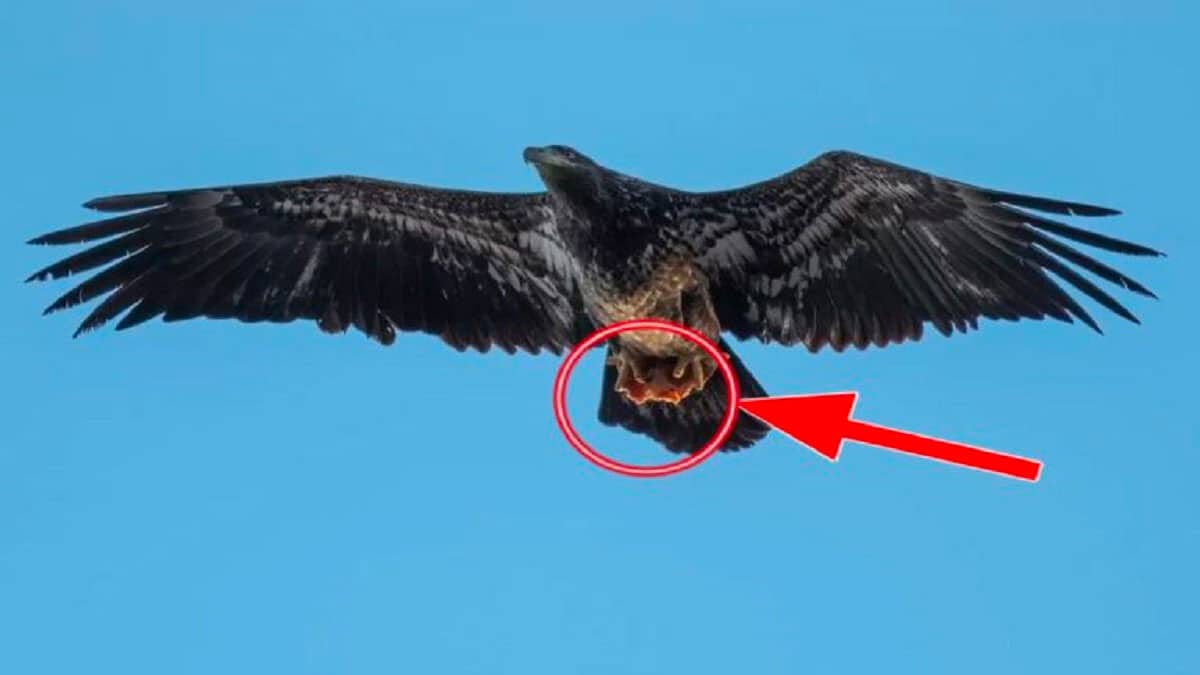Despite a similar volume of visitor use among the most popular activities, a state report reveals that Colorado’s Front Range significantly outperforms rural resort communities on the Western Slope in terms of labor income, tax revenue, and job creation. Predominantly due to the population difference between the two regions, this discrepancy poses economic challenges for areas where tourism is a major industry presence, such as Routt, Grand, Summit, Eagle, and Pitkin counties.
Named as the main economic source for 40% of all local jobs, this report emphasizes the need for strong returns on investment from tourism in rural resort areas. Revenue generated from taxes, including those from sales and lodging, is crucial for the funding of community initiatives like maintaining roads and building workforce housing.
The report, conducted through a partnership between Southwick Associates and Colorado State University, sheds light on the economic situation of Colorado’s outdoor recreation sector. In 2023, the total economic output of the recreation economy was $65.8 billion, distributed unevenly across three regions: the Western Slope, the Front Range, and the Eastern Plains. The economic output of the Western Slope and the Front Range was $17.8 billion and $36.3 billion respectively, showing a 68% difference.
This discrepancy becomes more evident when considering specific economic factors. The number of jobs supported by the leisure industry on the Front Range and the Western Slope were 217,448 and 127,639 respectively, while labor income differed hugely; $12.2 billion was produced by the Front Range compared to the Western Slope’s $5.7 billion. In terms of gross domestic product value, the Front Range outshone the Western Slope again with $20.2 billion versus $9.5 billion. Even local taxes reflected this gap, with the Front Range generating $3 billion and the Western Slope $2 billion.
Visitor data analysis shows that the Front Range receives more outdoor activity engagement than the Western Slope from Colorado residents; 3 million compared to 2.3 million. However, since the global pandemic, international visitation to Colorado has not returned to previous levels. Meanwhile, local day travel has risen dramatically. This shift to more daytime traffic and fewer overnight stays has had an impact on local infrastructure and carrying capacity in resort communities such as Vail Valley.
To overcome these challenges, resort communities are evolving their strategies to entice long-stay visitors back and diversify their tourist market. Some popular methods include the organization of multi-day events, the introduction of low-fare flights, and diversification of experiences offered at anchor destinations.
It is clear that the outdoor recreation industry plays a vital role in Colorado’s economy, contributing to over $65 billion in economic output – more than the construction, finance/insurance, and education/healthcare/social assistance sectors respectively. This industry also employs over 404,000 people, making up 12% of the overall Colorado labor force. As such, it is critical for local and state governments to continue investing in and developing strategies for sustainable tourism growth.
Changes in the tourism industry indicate that the focus has begun shifting towards environmental stewardship and experiential marketing, rather than sheer visitor numbers. This shift has led to more focused responses to tourism growth, aiming to strike a balance between preserving local quality of life, protecting natural resources, and still capitalizing on the economic benefits of tourism. For the Western Slope especially, this balance has become increasingly important to manage the high volume of tourists and maintain a healthy, rural economy.




